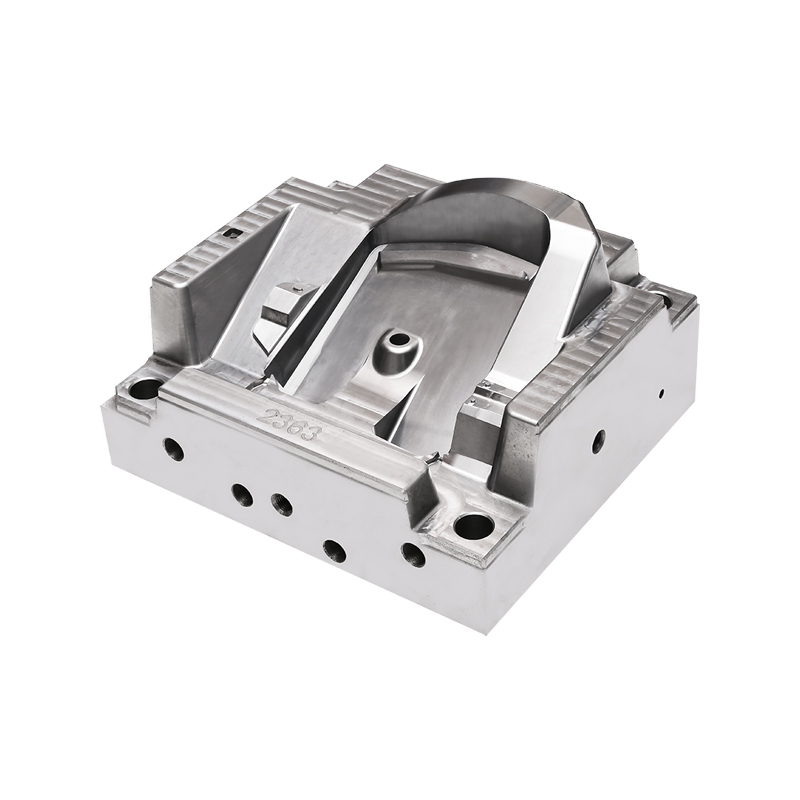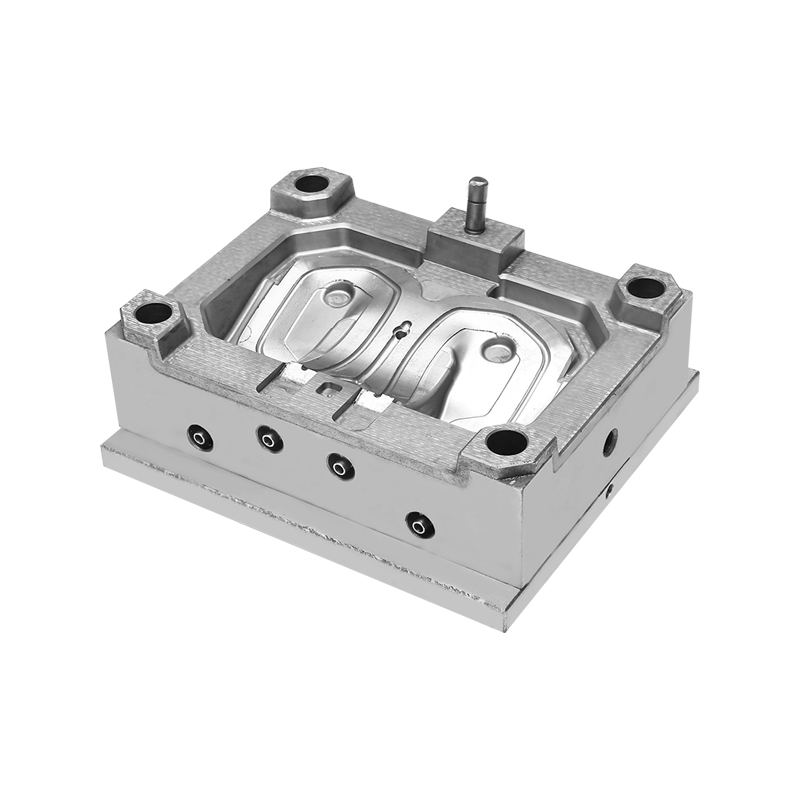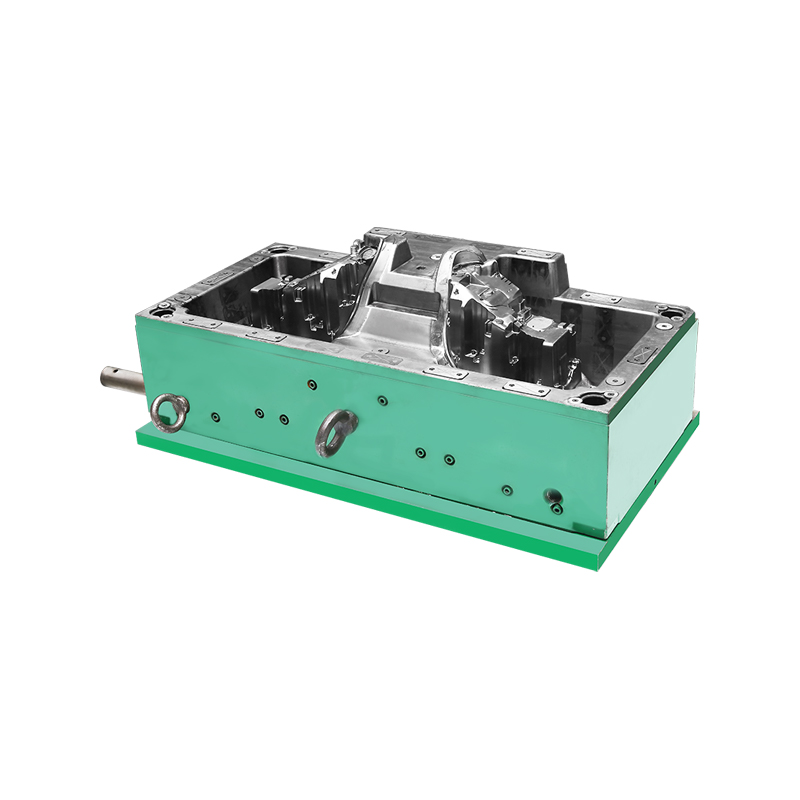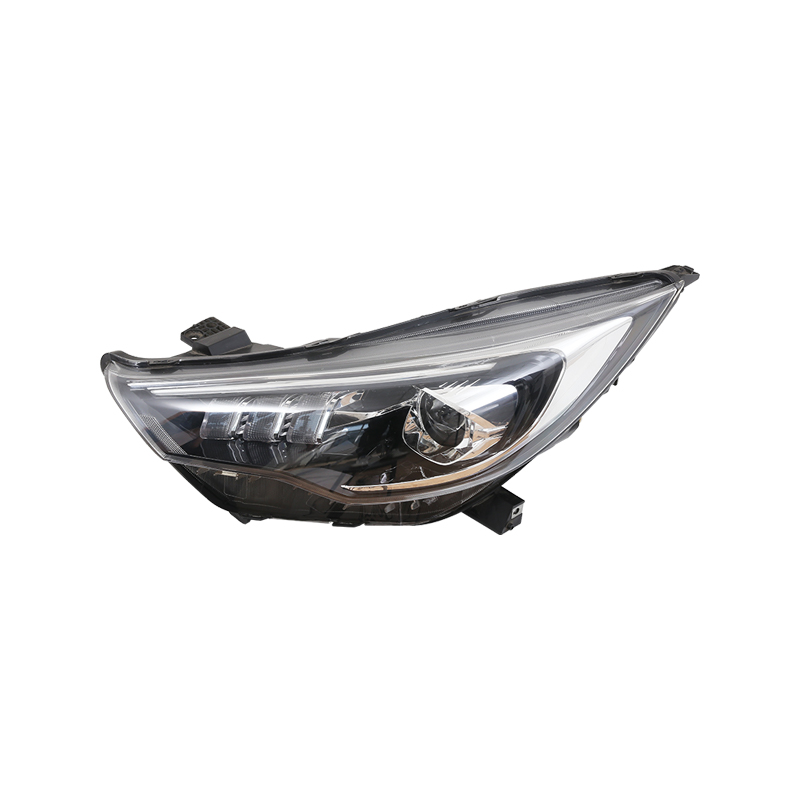I. BMC Auto Lighting Reflector Injection Mold: A Benchmark in Automotive Illumination
The BMC Auto Lighting Reflector Injection Mold is a paragon of precision engineering, designed to meet the stringent requirements of the automotive industry. This mold is not just a tool; it is a critical component in the production of auto lighting systems that ensure visibility, safety, and style on the road.
1.1. The Essence of BMC Molding
BMC, or Bulk Molding Compound, is a composite material that combines glass fibers with unsaturated polyester resin. The auto lighting reflector injection mold is crafted to handle BMC's unique properties, allowing for the creation of robust and durable reflectors that can withstand the test of time and environmental conditions.
1.2. Design and Development
The design of the BMC auto lighting reflector injection mold is a delicate balance between form and function. Engineers and designers work in tandem to ensure that the mold not only produces reflectors with high reflectivity and heat resistance but also maintains the sleek and streamlined appearance that modern vehicles demand.
1.3. Manufacturing Process
The manufacturing process of BMC auto lighting reflector injection molds is a symphony of advanced technology and skilled craftsmanship. From the selection of materials to the fine-tuning of the mold's dimensions, every step is meticulously planned and executed to achieve a product of unparalleled quality.
II. Precision Compression Transfer Plastic Molding
Precision Compression Transfer Plastic Molding is a specialized technique that has revolutionized the plastic molding industry. It offers a level of accuracy and repeatability that is unmatched, making it the preferred choice for high-precision components in various industries, including automotive, aerospace, and electronics.
2.1. Understanding Compression Molding
Compression molding is a process where material is placed directly into a heated mold cavity. The mold is then closed, and pressure is applied to compress the material, filling the cavity and taking the shape of the mold. In precision compression transfer molding, this process is refined to ensure that the material is transferred under controlled conditions, resulting in parts with exceptional dimensional stability and surface finish.
2.2. The Advantages of Precision Compression Molding
The precision compression transfer molding process offers several advantages over traditional molding techniques. It allows for the production of complex geometries with intricate details, reduces material waste, and ensures consistent quality across all parts. Additionally, it is compatible with a wide range of thermosetting materials, including BMC, which makes it an ideal choice for high-performance applications.
2.3. Applications in the Automotive Industry
In the automotive industry, precision compression transfer molding is used to produce a variety of components, from small connectors to large structural parts. The BMC auto lighting reflector injection mold is a prime example of how this process can be utilized to create components that are not only visually appealing but also meet the rigorous performance standards required for automotive lighting systems.
2.4. Future of Precision Compression Molding
As technology continues to advance, the precision compression transfer molding process is expected to evolve, incorporating new materials, techniques, and automation technologies. This evolution will further enhance the capabilities of this molding method, allowing for the production of even more complex and precise components that can meet the ever-increasing demands of various industries.

 English
English 中文简体
中文简体 русский
русский Español
Español








